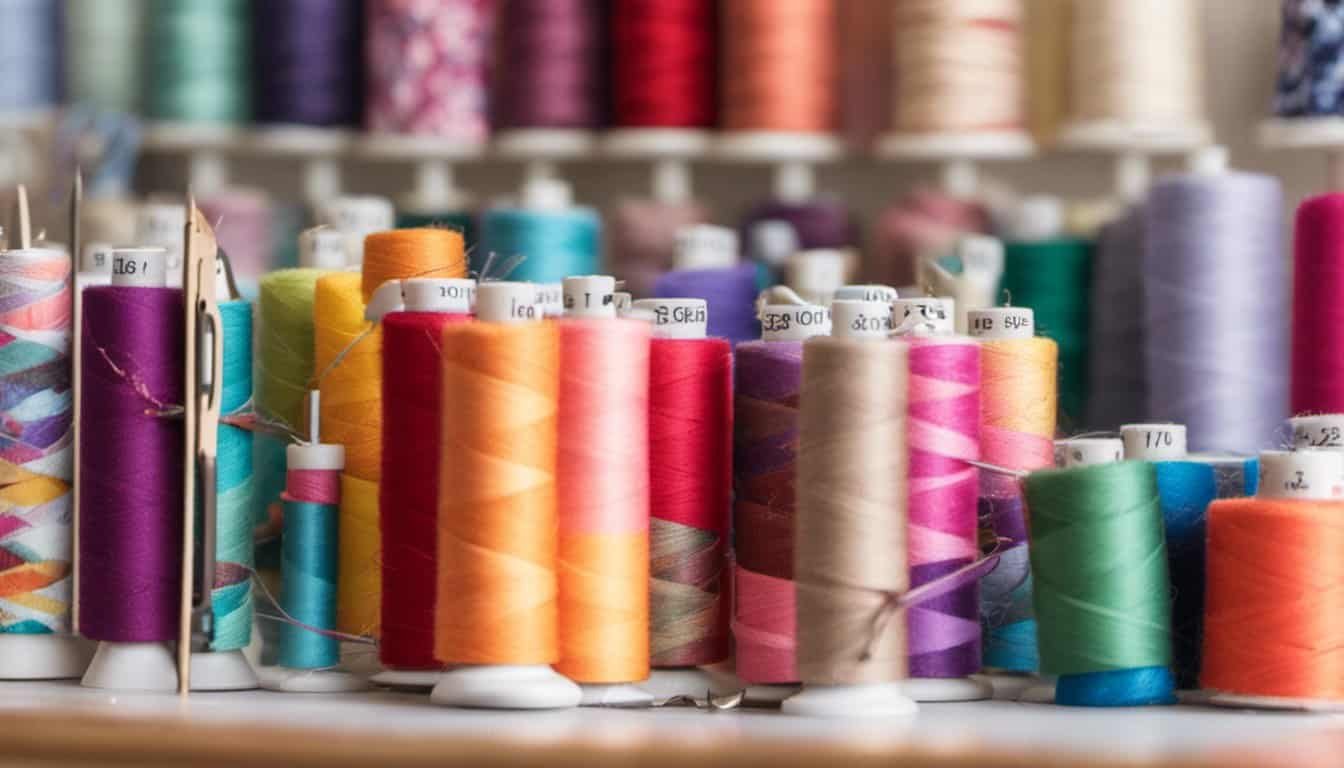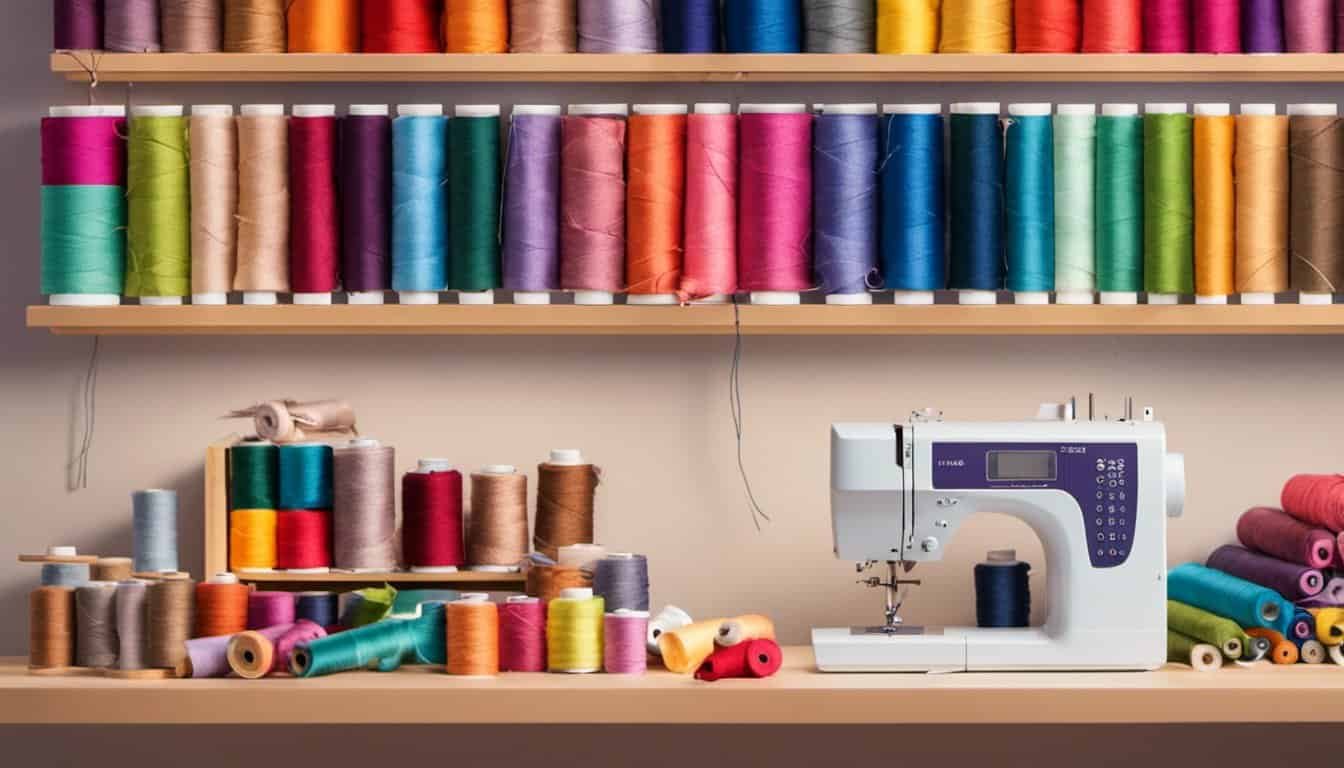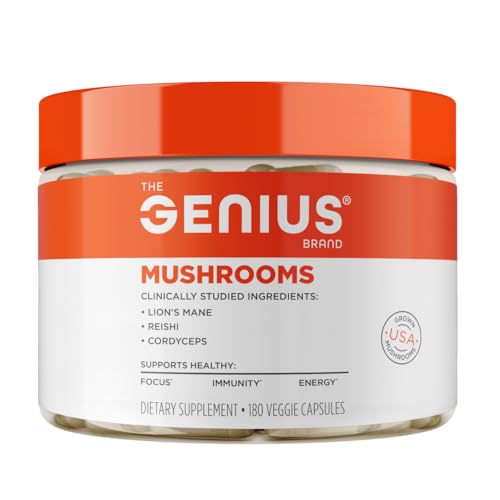Embracing a minimalist wardrobe can simplify your mornings and elevate your style. Imagine having a closet filled with versatile pieces that you love wearing every day. With a bit of sewing, you can tailor your wardrobe to fit your unique taste and needs.
Starting your minimalist journey doesn’t mean sacrificing fashion. You’ll learn how to create clean, timeless garments that mix and match effortlessly. Plus, sewing your own clothes gives you the freedom to customize each item, ensuring everything fits you perfectly.
Ready to transform your closet and streamline your life? Let’s dive into the art of crafting a minimalist wardrobe through the creativity and satisfaction of sewing.
Benefits Of A Minimalist Wardrobe
Embracing a minimalist wardrobe offers numerous advantages that streamline your life and enhance your personal style. Here are some key benefits:
Simplifies Daily Choices
With fewer clothing options, selecting outfits becomes quicker and less stressful. Each piece in your wardrobe is versatile and can be easily mixed and matched, allowing you to create multiple looks without decision fatigue. This simplicity frees up time and mental energy for your sewing projects and other pursuits.
Reduces Clutter
A minimalist wardrobe minimizes excess clothing, leading to a more organized and tidy space. By focusing on high-quality, essential items that you love, you eliminate the chaos of a crowded closet. This reduction in clutter not only makes finding your outfits easier but also creates a calming environment for your crafting area.
Essential Tools And Materials For Sewing
To build a minimalist wardrobe, having the right tools and materials is crucial. Equip your sewing kit with essentials that enhance efficiency and quality.
Sewing Machine Basics
Choose a reliable sewing machine that fits your needs. Look for features like multiple stitch options, adjustable speed control, and automatic buttonhole functions. Brands such as Singer, Brother, and Janome offer durable machines suitable for various projects. Keep maintenance tools like oil, needles, and bobbins on hand to ensure your machine operates smoothly.
Choosing Quality Fabrics
Select fabrics that are versatile and durable for multiple garments. Natural fibers like cotton, linen, and wool provide comfort and longevity. Consider the weight and texture of the fabric based on the type of clothing you plan to create. Purchase from reputable suppliers to ensure consistency and colorfastness. Opt for a neutral color palette to mix and match effortlessly, supporting a cohesive minimalist wardrobe.
Planning Your Wardrobe
Start by evaluating your lifestyle and fashion preferences to build a wardrobe that suits your needs. Planning ensures each piece serves a purpose and complements the rest.
Assessing Your Style Needs
Define your daily activities to determine essential clothing items. Consider work attire, casual wear, and special occasions. Identify the styles you feel confident in, such as classic, modern, or minimalist. Prioritize comfort and functionality to support your routine.
Creating A Versatile Color Palette
Choose a base of neutral colors like black, white, gray, and navy for easy mixing and matching. Add accent colors with your favorite hues to add variety without overwhelming your wardrobe. Selecting fabrics in complementary shades enhances the cohesion of your outfits, making it simpler to create multiple looks.
Selecting Versatile Fabrics
Choosing the right fabrics ensures your minimalist wardrobe remains functional and stylish. Focus on materials that offer flexibility and longevity.
Prioritizing Durable Materials
Opt for fabrics known for their durability to extend the life of your garments. Cotton, linen, and wool withstand regular wear and washing. Denim and twill provide added strength for items like trousers and jackets. Investing in high-quality materials reduces the need for frequent replacements, maintaining a streamlined wardrobe.

Selecting Neutral Tones
Neutral colors simplify outfit combinations and enhance versatility. Black, white, gray, beige, and navy form a cohesive base for your wardrobe. These tones seamlessly mix and match, allowing you to create multiple looks with fewer pieces. Incorporating neutral shades ensures each garment complements the others, supporting a minimalist and elegant style.
Key Sewing Techniques
Mastering essential sewing techniques enhances your ability to create a functional minimalist wardrobe. These methods ensure your garments are durable and well-fitted.
Basic Stitches For Beginners
Start with fundamental stitches that form the backbone of any sewing project. Learn the straight stitch for seams, the zigzag stitch for flexibility, and the backstitch for added strength. Practice these stitches on scrap fabric to build confidence before applying them to your clothing items. Mastering these basics allows you to handle various fabric types and garment constructions efficiently.
Advanced Finishing Techniques
Elevate your minimalist wardrobe with advanced finishing techniques that provide a professional look. Utilize French seams for clean edges, bias binding for curved hems, and welt pockets for a sleek appearance. Incorporate topstitching to reinforce seams and add decorative details without cluttering your design. These techniques ensure each piece not only fits well but also maintains a polished, minimalist aesthetic.
Maintenance And Organization Tips
Keeping your minimalist wardrobe in top shape ensures longevity and ease of use. Implement these strategies to maintain and organize your sewing-based wardrobe effectively.
Proper Storage Solutions
« Unlock Your Creative Potential: How to Learn Quilting from Scratch in 7 Simple Steps
Unlock Your Sewing Potential: Discover the Top 10 Podcasts You Can’t Miss in 2025 »
Efficient storage preserves your garments and sewing tools, enhancing organization and accessibility.
- Use Quality Hangers: Choose sturdy, non-slip hangers for delicate fabrics to prevent stretching and maintain shape.
- Store Fabrics Properly: Keep fabrics in labeled bins or drawer organizers, away from direct sunlight and moisture to avoid damage.
- Invest in Clear Containers: Utilize transparent storage boxes for sewing accessories, making it easy to locate items without opening each container.
- Implement Shelving Systems: Install adjustable shelves to accommodate varying garment sizes and sewing equipment, optimizing vertical space.
- Protect Seasonal Items: Rotate seasonal clothing by storing out-of-season pieces in vacuum-sealed bags or high cabinets to free up space.
Regular Wardrobe Audits
Periodic reviews help maintain a functional and clutter-free minimalist wardrobe.
- Assess Usage Frequency: Identify and keep items you wear regularly; donate or repurpose seldom-used garments.
- Evaluate Fit and Condition: Repair or alter garments that no longer fit or show signs of wear to extend their lifespan.
- Update Essentials: Replace outdated or worn-out basics with new pieces that match your current style and needs.
- Organize by Category: Group similar items together, such as tops, bottoms, and outerwear, to streamline outfit selection.
- Declutter Accessories: Limit accessories to versatile options that complement multiple outfits, reducing unnecessary clutter.
By maintaining proper storage solutions and conducting regular wardrobe audits, you ensure your minimalist wardrobe remains efficient, functional, and aligned with your personal style.
Conclusion
Embracing a minimalist wardrobe with your sewing skills opens up a world of simplicity and style. You’ll find joy in each piece you’ve crafted and the ease it brings to your daily routine. With a thoughtfully curated collection, getting dressed becomes a breeze and your space feels more organized. Plus sewing your own clothes means each garment fits just right and reflects your personal taste. Taking this step not only enhances your wardrobe but also nurtures your creativity and mindfulness. Dive into the journey of minimalism and sewing and enjoy the peace and satisfaction it brings to your life.


















